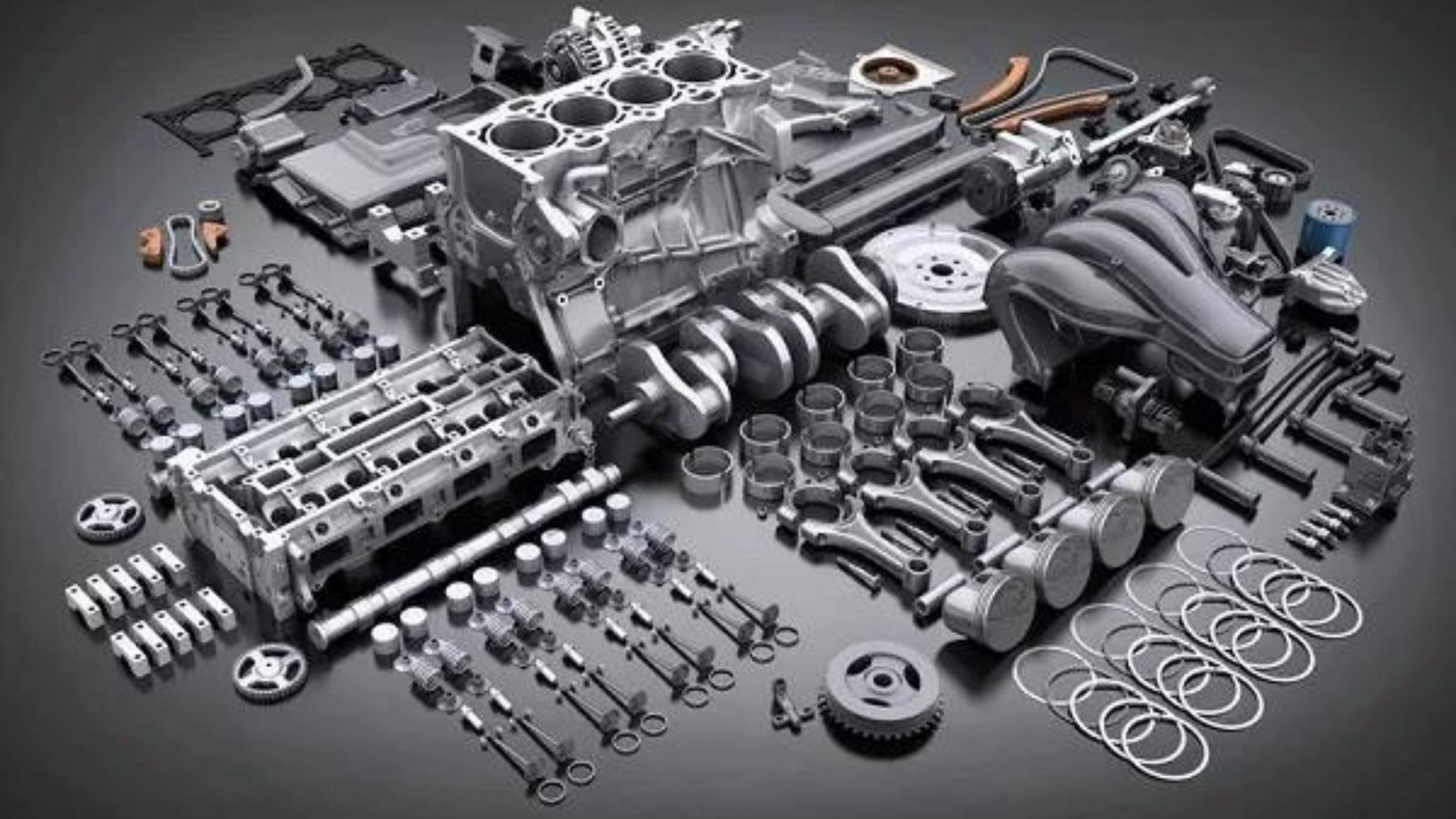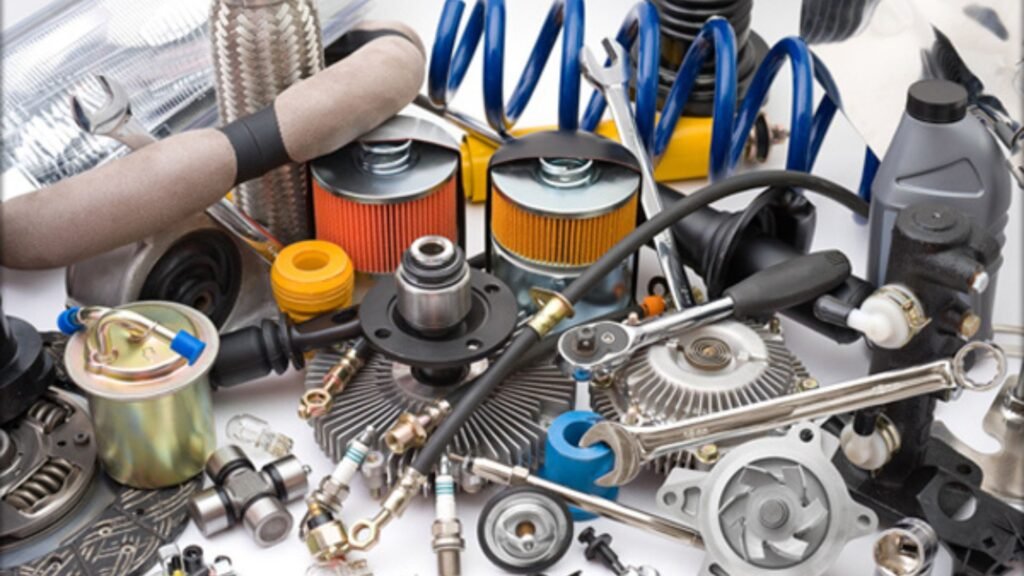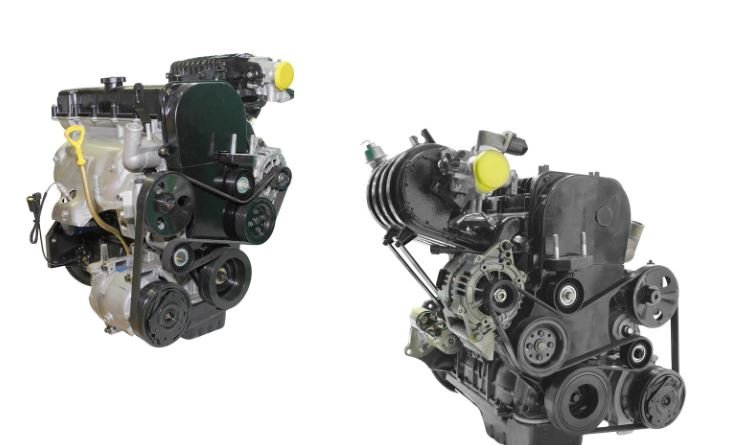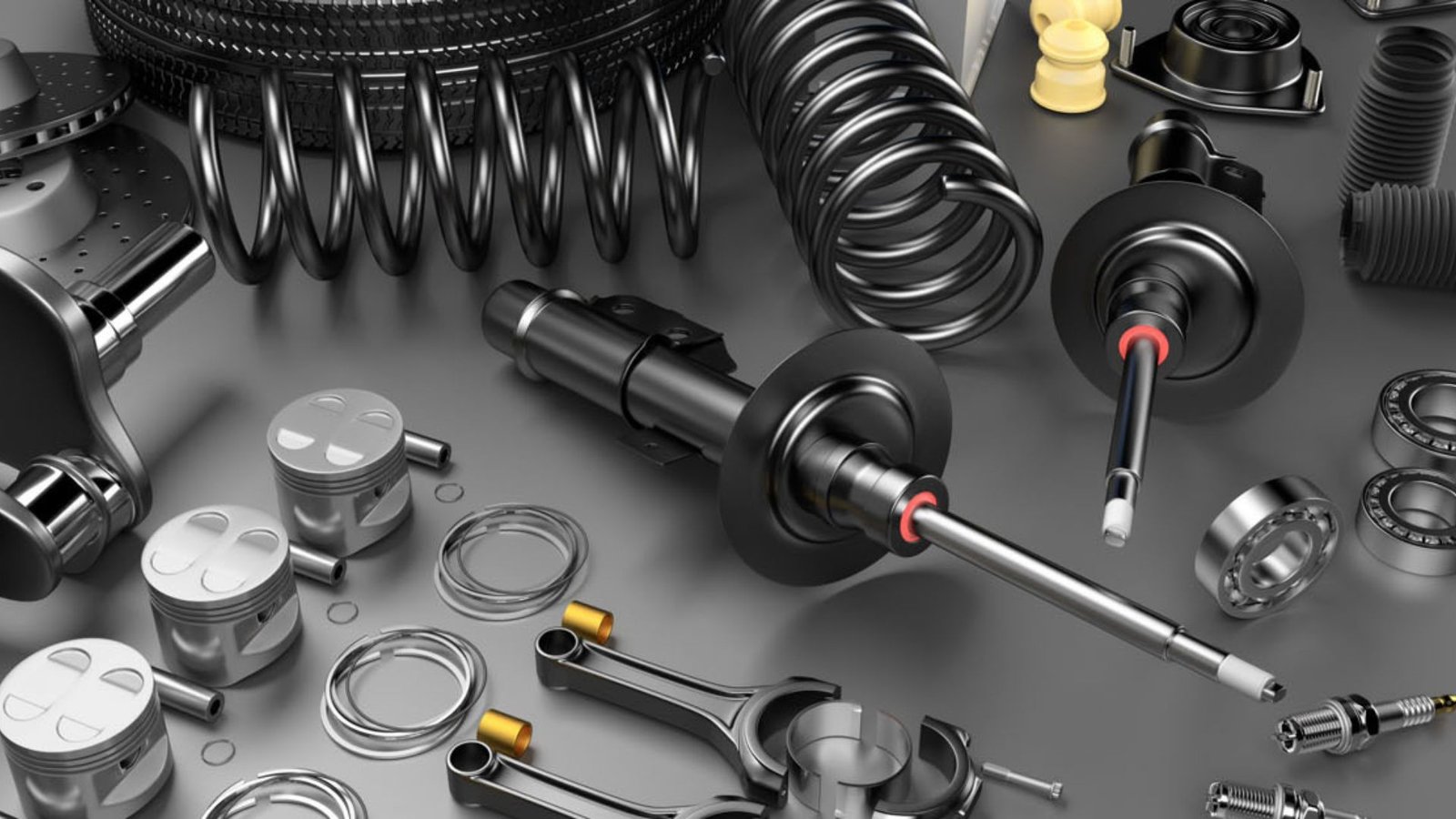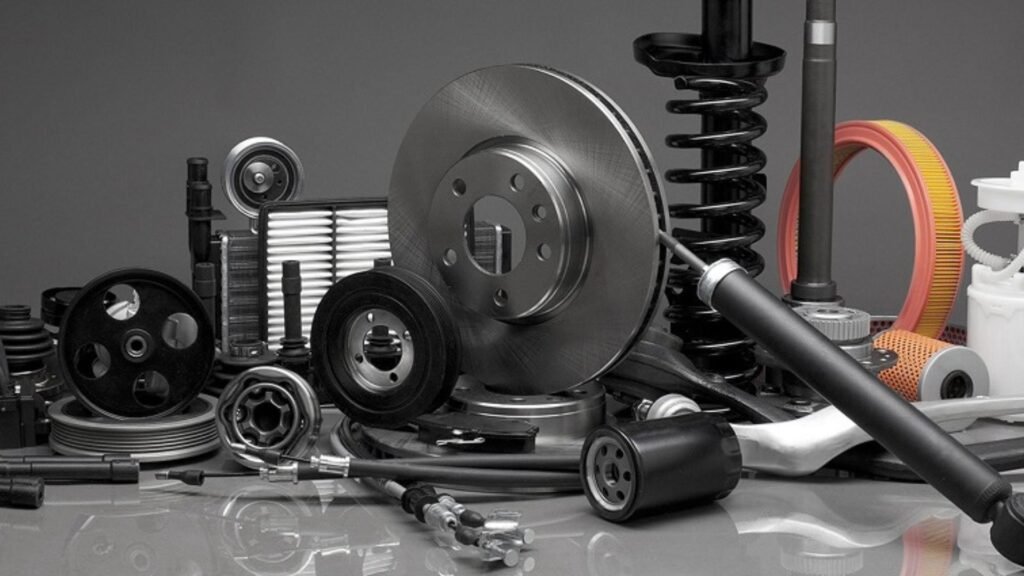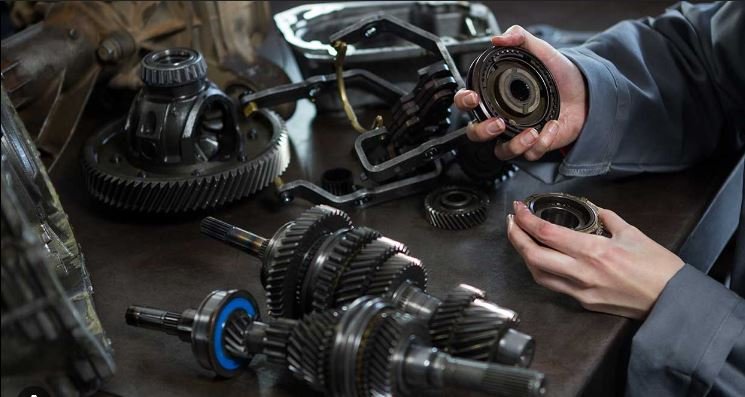Ensuring that you use genuine car parts is crucial for maintaining your vehicle’s performance, safety, and value. Genuine parts, often referred to as OEM (Original Equipment Manufacturer) parts, are specifically designed for your vehicle and provide the best fit and reliability. Here’s how you can identify genuine car parts and avoid counterfeit or substandard alternatives.

1. Check the Packaging
Genuine car parts usually come in branded packaging that clearly displays the manufacturer’s logo and part number. Inspect the packaging for:
- Manufacturer’s Branding: Look for official logos and trademarks.
- Part Number: Genuine parts should have a clear part number that matches the one in your vehicle’s manual.
- Packaging Quality: Authentic parts often come in high-quality, tamper-evident packaging.
2. Verify the Part Number
Each genuine car part has a unique part number assigned by the manufacturer. You can verify this number by:
- Consulting Your Vehicle’s Manual: The manual will provide the correct part number for replacement.
- Contacting a Dealership: Authorized dealers can confirm if the part number matches their inventory of genuine parts.
3. Inspect the Part
Examine the part itself for signs of authenticity:
- Branding and Logos: Genuine parts should have the manufacturer’s logo or branding stamped or engraved on them.
- Build Quality: Authentic parts are typically made from high-quality materials and exhibit superior craftsmanship.
- Fit and Finish: Genuine parts should have a precise fit and finish, matching the specifications of the original component.
4. Purchase from Authorized Dealers
Buying parts from authorized dealers or reputable sources helps ensure authenticity:
- Authorized Dealerships: Purchase parts directly from the manufacturer’s authorized dealerships or service centers.
- Trusted Retailers: Use well-known and trusted retailers who specialize in genuine parts.
5. Compare with Existing Parts
If you have access to the original part, compare it with the replacement part:
- Design and Dimensions: Check that the design and dimensions of the replacement part match the original exactly.
- Markings and Labels: Look for matching markings, labels, or serial numbers.
6. Review Documentation
Genuine parts often come with documentation that verifies their authenticity:
- Certificates of Authenticity: Some manufacturers provide certificates or other documentation with their parts.
- Warranty Information: Genuine parts typically come with a warranty that confirms their authenticity.
7. Research the Seller
Before purchasing, research the seller or supplier:
- Online Reviews: Check customer reviews and ratings of the seller.
- Business Reputation: Ensure the seller has a good reputation and is known for providing genuine parts.
Conclusion
Identifying genuine car parts involves checking the packaging, verifying part numbers, inspecting the part, purchasing from authorized dealers, and reviewing documentation. By following these steps, you can ensure that you are using authentic components that maintain your vehicle’s performance, safety, and value.


